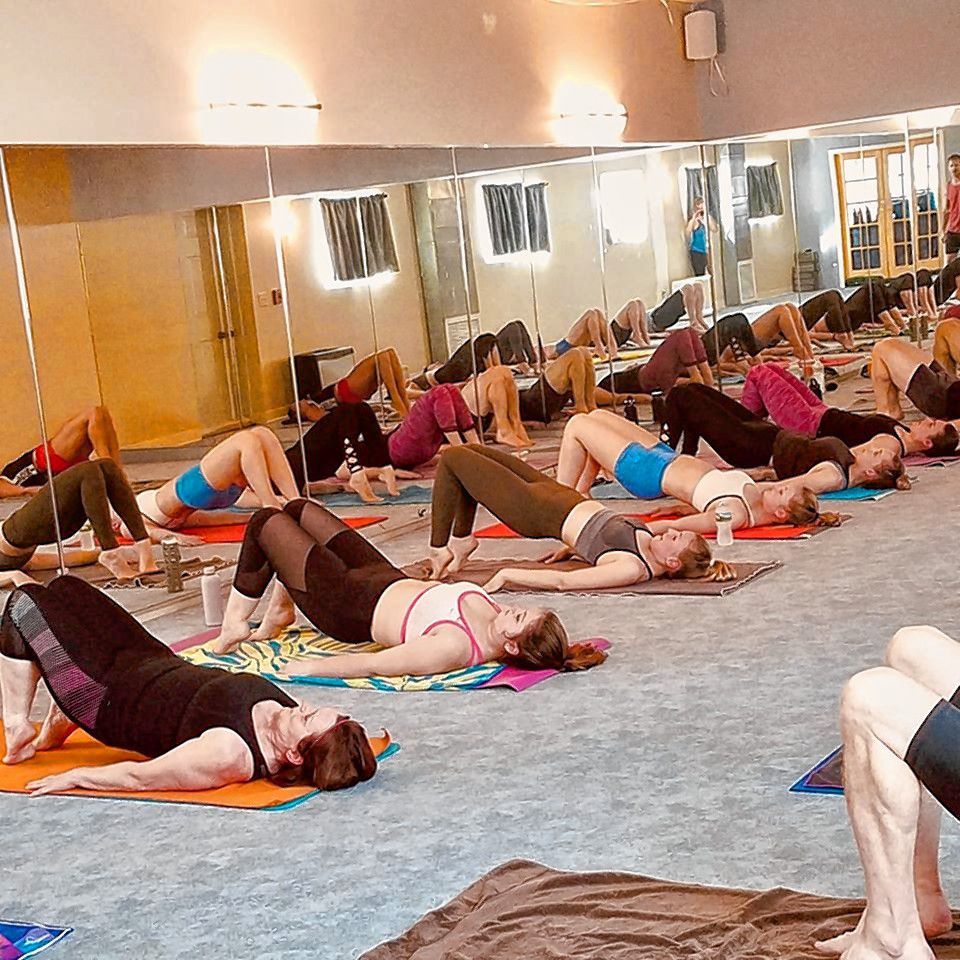“Magic mirror, on the wall, who’s the fairest of them all?”
Sound familiar?
With all the drama that Disney could muster up in 1937, the face in the mirror says:
“Famed is thy beauty, Majesty. But hold, a lovely maid I see. … Alas, she is more fair than thee.”
You probably know the story of Snow White. The Queen looks in this enchanted mirror and sees something else besides her own reflection. There are flames, smoke and a little talking mask with a creepy voice. There is a relationship between the Queen and that scary dude in the mirror. You may even have experienced something similar, standing in front of a dressing room mirror, two or three outfits on hangers, trying to decide whether to buy that new pair of pants. It’s just a reflection, of course, and also something more.
In the Harry Potter series, the “Mirror of Erised” shows the viewer the “deepest, most desperate desires of our hearts.” In Saturday Night Live’s “Daily Affirmations with Stuart Smalley,” Al Franken’s fictional character could hit pretty close to home when he repeated the lines: “I’m good enough. I’m smart enough. And doggone it, people like me.”
There are mirrors everywhere in our lives. The bathroom mirror is so common that it’s strange when there isn’t one. There is a mirror in the visor of your car. The front-facing camera on your phone is a mirror. You may have checked a mirror today to make sure that whatever you had for lunch wasn’t still riding on your teeth.
There are also mirrors in yoga studios. It is the subject of some discussion as to whether mirrors belong in a yoga studio or not. Some have them. Some do not. A yoga practice can certainly be effective in a room without mirrors. At Hot House N.H. Yoga and Pilates, we have an expensive, wall-size mirror that is quite hard to clean, so we wouldn’t have it if it weren’t an essential part of our practice. It allows students to see clearly how the body is aligned. It also allows us to fine-tune the connection between what we see in the mirror and what we feel in the muscles. The teacher will often repeat the phrase “look in the mirror.” At its most basic, the mirror is a simple tool to connect the eyes with the body parts. It’s a tool to connect the mind to the muscles of the body. The mirror can also be used to practice concentration. As that skill grows, that concentration becomes smaller, and more focused: it becomes a meditation. That skill can be refined further, the focus narrowed, to develop self-discipline and stillness in the postures.
You may look in the mirror and see many things. You may see what you want to see. You may see what should be, or what could be. You may compare yourself to what is shown in magazines, on television or in the world of social media. Whatever thoughts arise, the mirror shows us things as they are. It does not lie to us. And it does not judge us.
When you look in the mirror in a yoga class, start with the body. See a muscle, contract a muscle. The connection will strengthen, and you will feel better, more confident. This is where we start. From there, look into your eyes and see yourself as you truly are. What is it like to do this? What thoughts come into your mind? It may be challenging at first. It may take some time, and some practice, to see acceptance. To see compassion. To see that there is only one you, and the world is better because you are in it.
There is a rather large difference between the mirror in the Snow White story and the mirror in the yoga room. The Queen’s mirror was enchanted. There was a scary dude in there, telling her things that may or may not have been true. There’s no one hiding in our mirrors at the studio. That’s not Stuart Smalley you are looking at, and Voldemort (sorry – “He Who Shall Not Be Named”) is not lurking behind the glass. There are no flames or smoke obscuring the beauty that is uniquely you.
You can learn to see possibility. You can learn to see amazingness.
You may even learn to see love.
(Mike Morris is the owner of Hot House NH Yoga & Pilates.)









